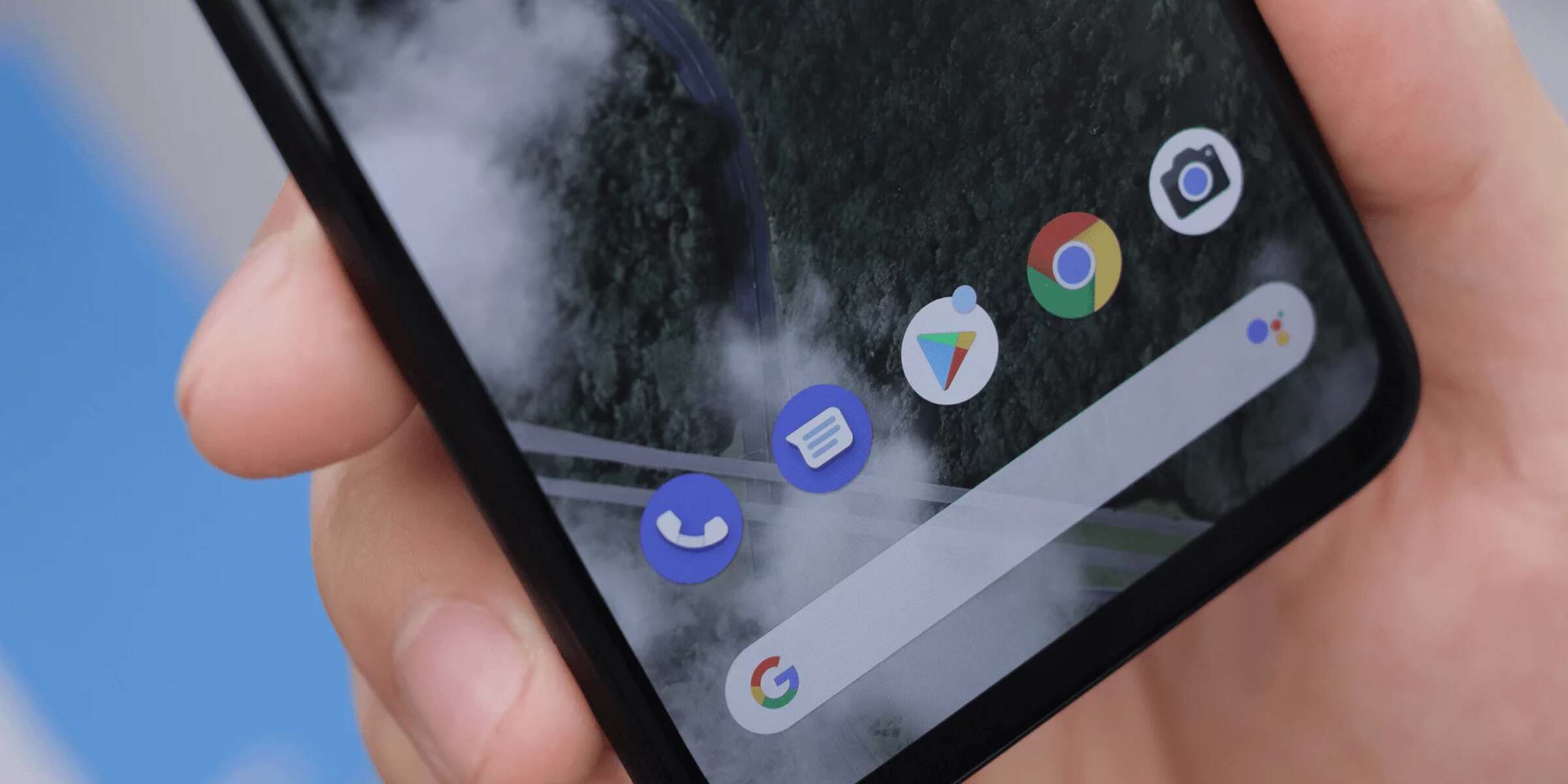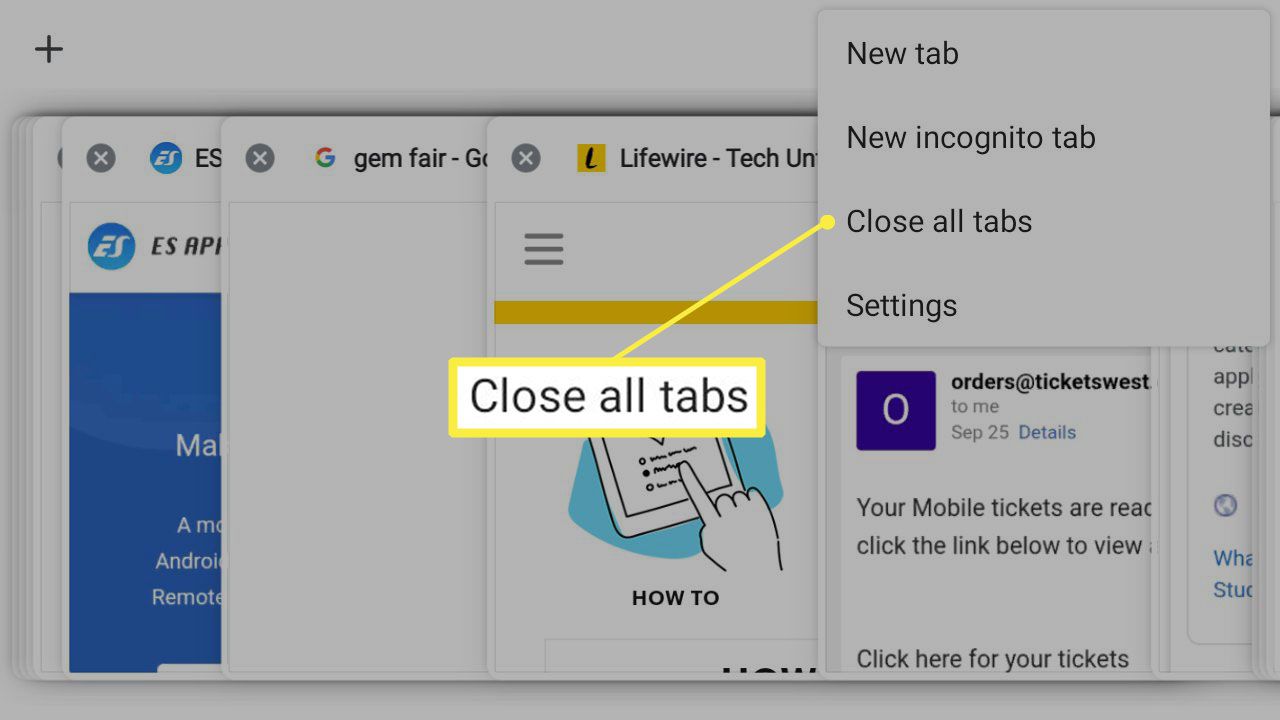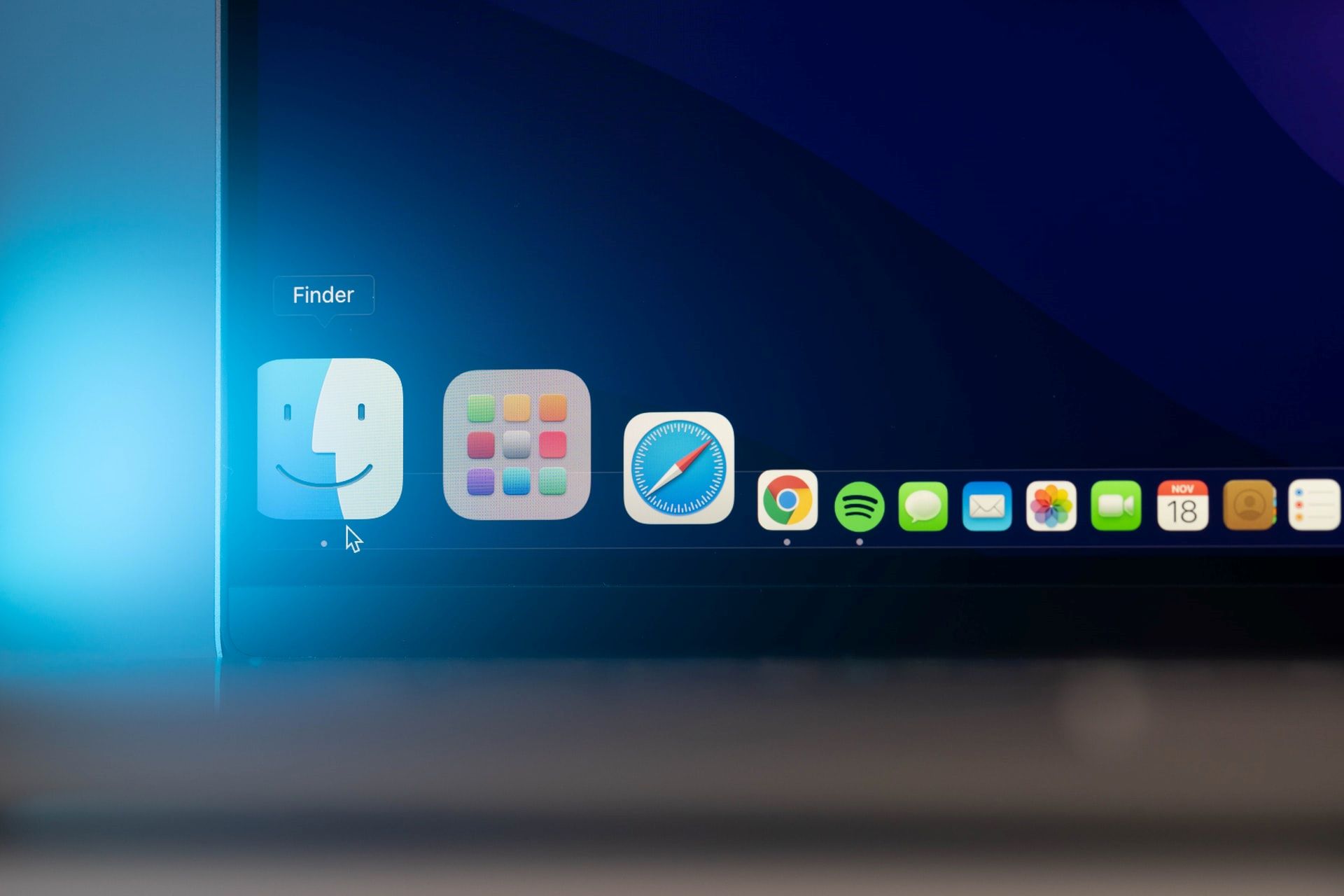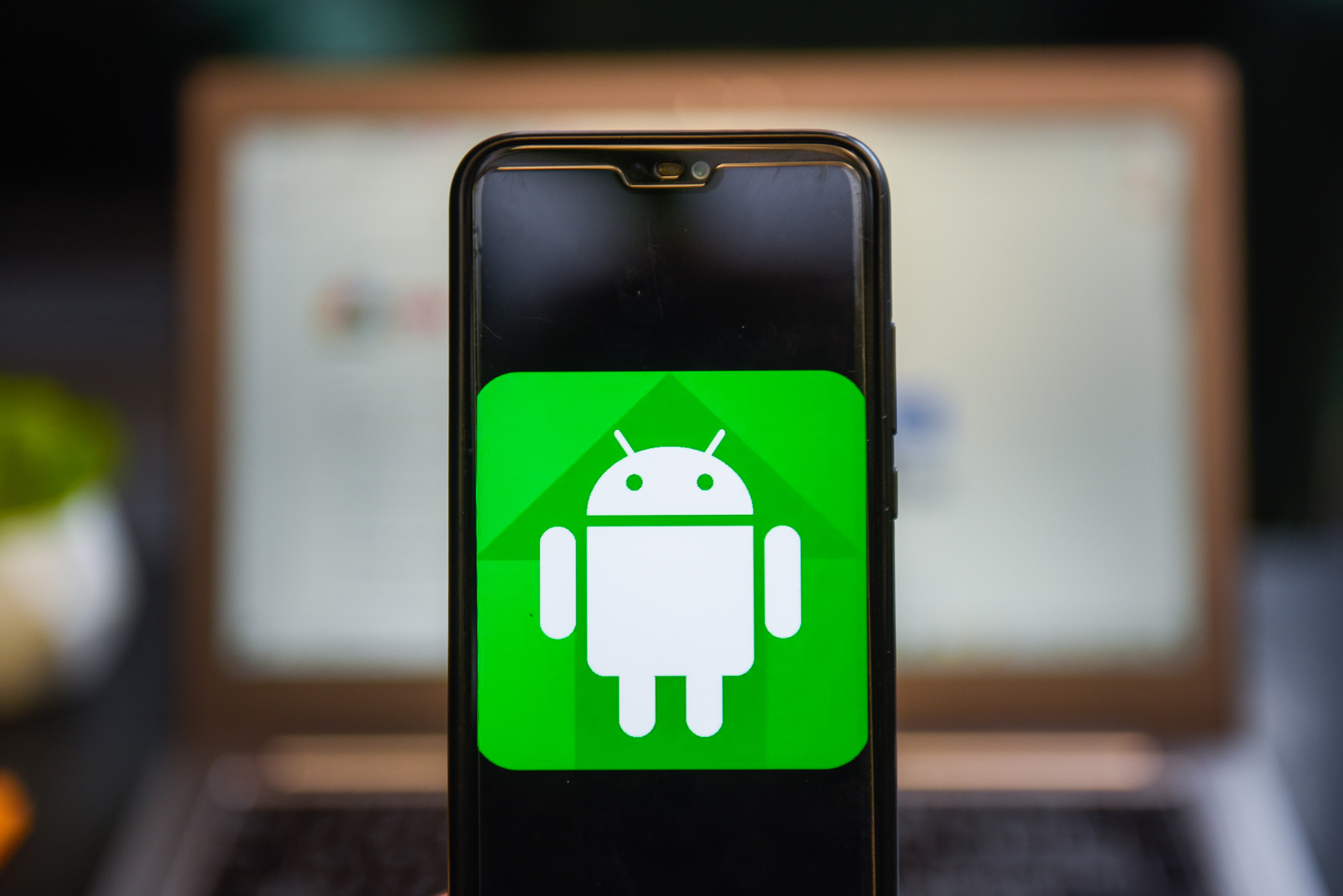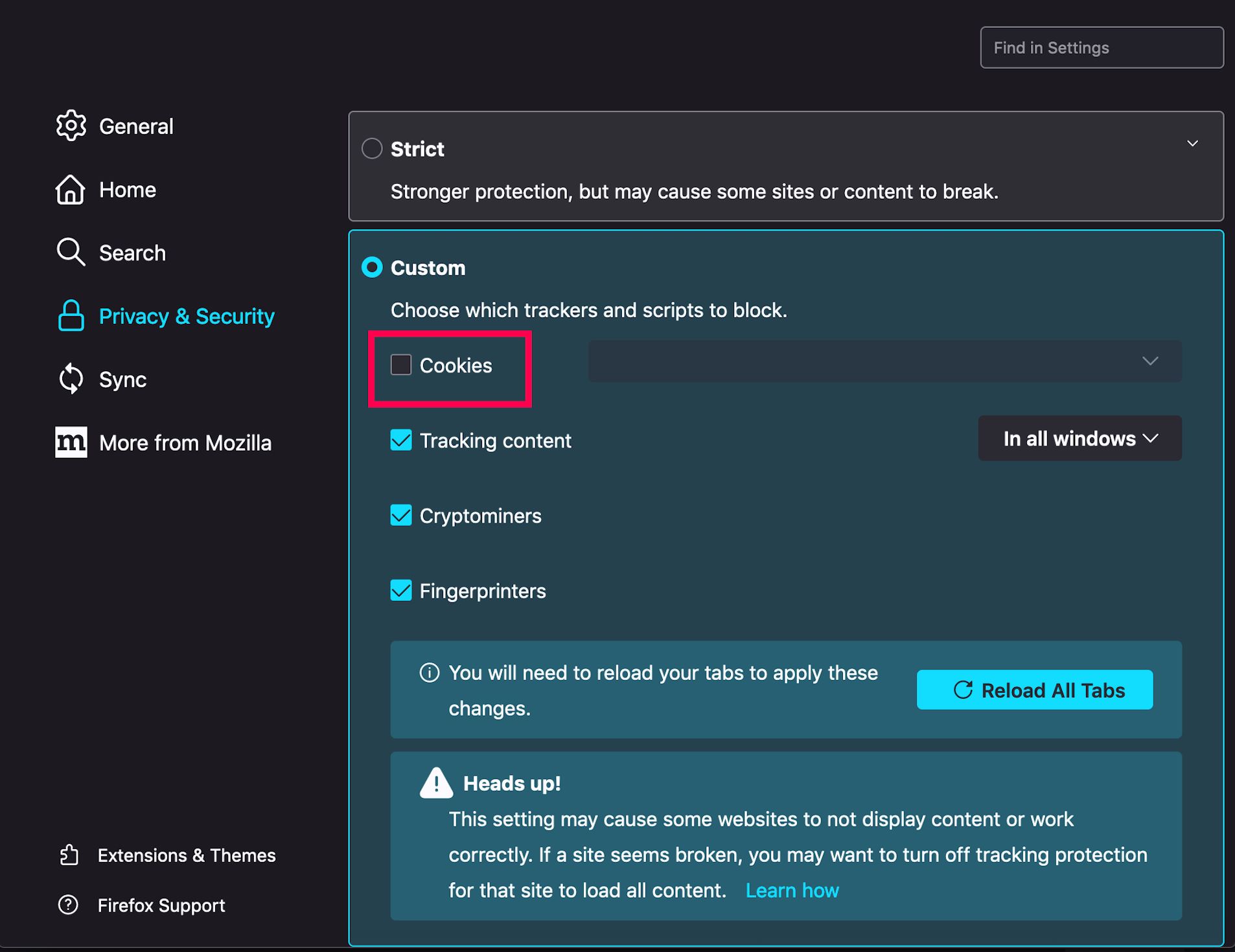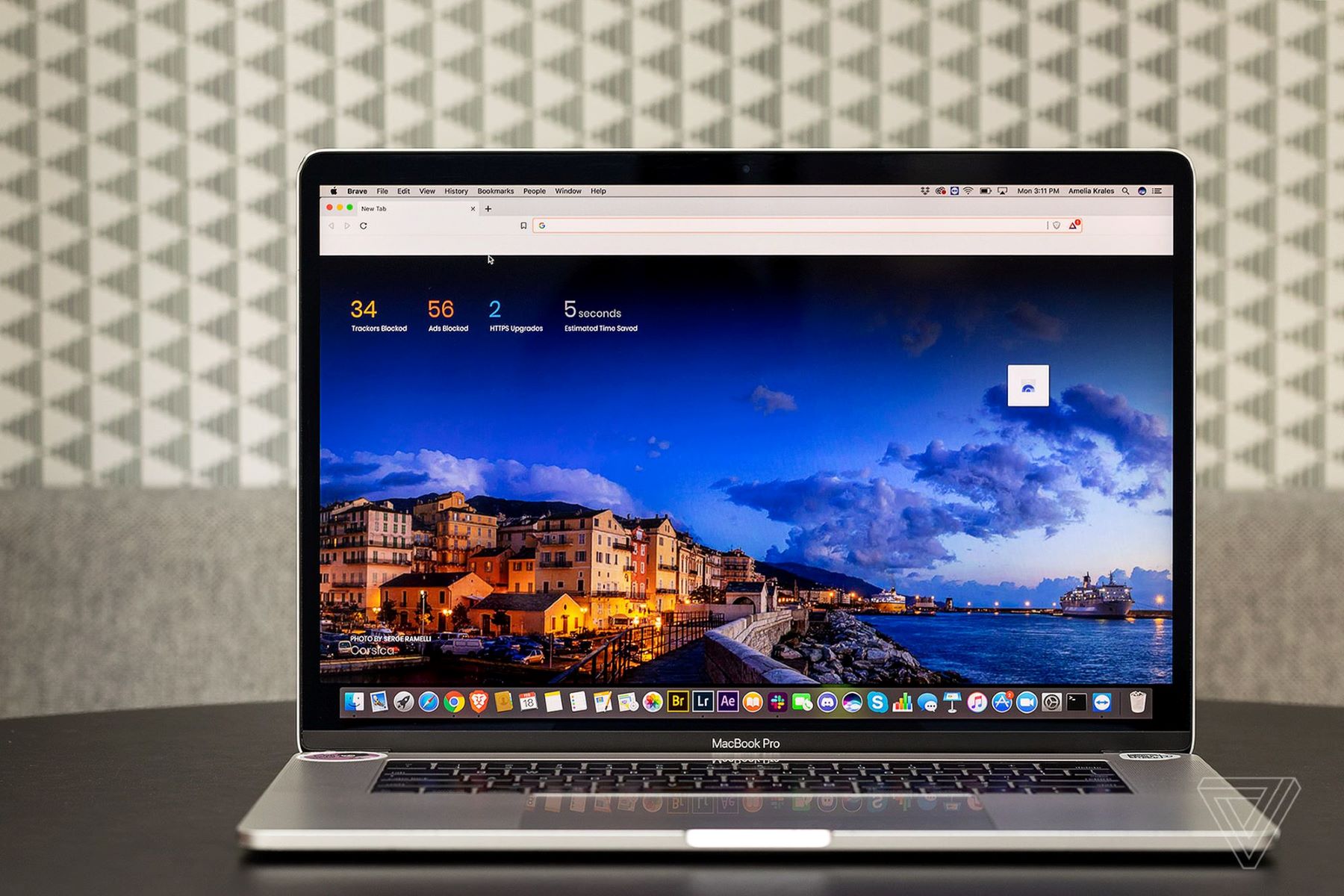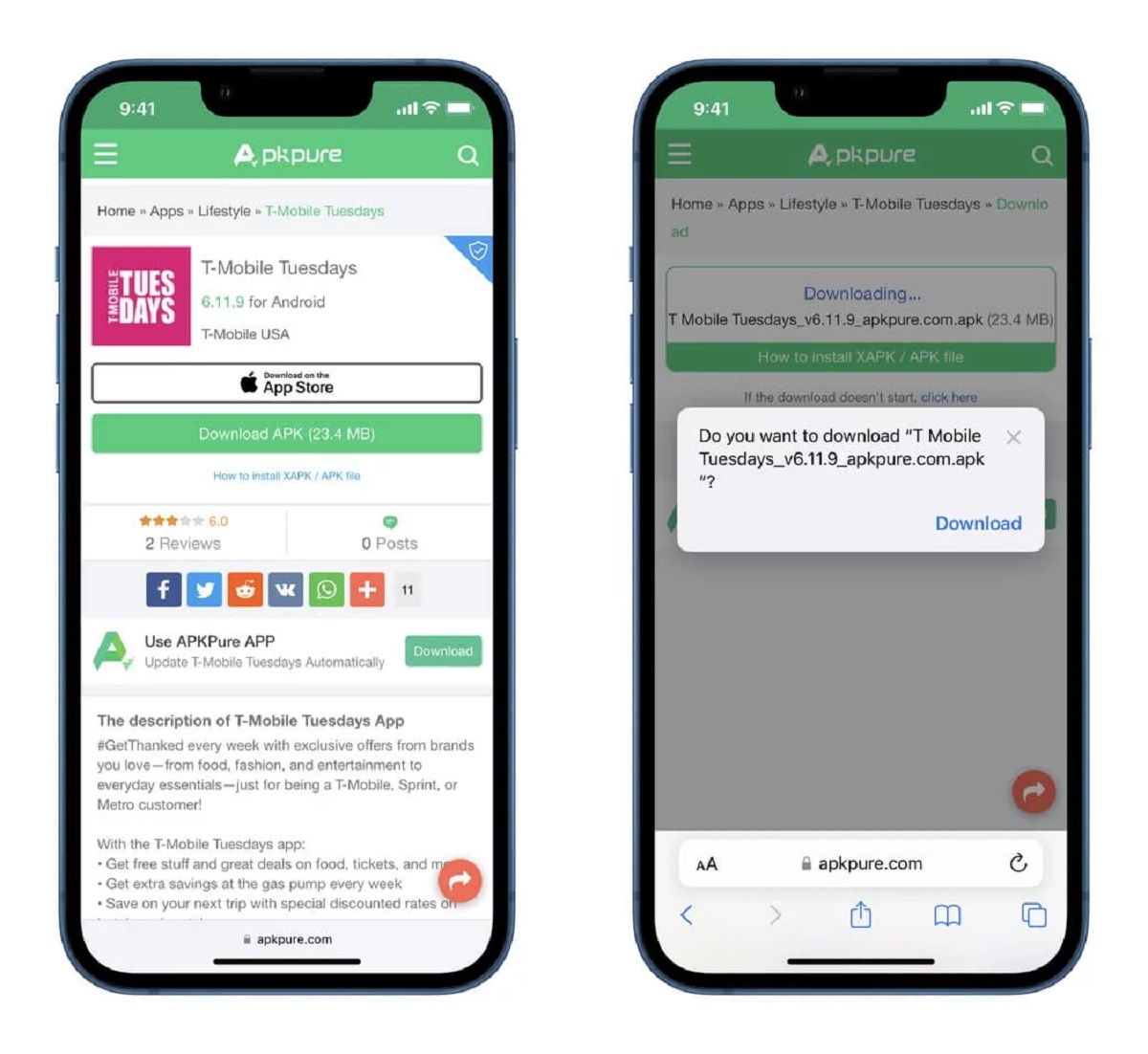Introduction
Closing a browser on an Android phone may seem like a simple task, but with the multitude of browsers and variations in Android interfaces, the process can differ slightly from one device to another. Whether you're using Chrome, Firefox, Opera, or any other browser, knowing how to efficiently close the browser can enhance your overall user experience and help conserve battery life.
In this article, we'll explore various methods to close a browser on your Android phone. By familiarizing yourself with these techniques, you can streamline your browsing sessions and optimize the performance of your device. Whether you prefer using the recent apps button, the back button, or the app settings, we've got you covered with step-by-step instructions to make the process seamless and hassle-free.
So, if you've ever found yourself wondering how to effectively close a browser on your Android phone, you're in the right place. Let's dive into the different methods and empower you to take full control of your browsing experience on your Android device.
Method 1: Using the Recent Apps Button
One of the simplest and quickest ways to close a browser on your Android phone is by utilizing the Recent Apps button. This method allows you to swiftly navigate through your open applications and terminate the browser with just a few taps. Here's a step-by-step guide to effectively close the browser using the Recent Apps button:
-
Access the Recent Apps Menu: To begin, tap the Recent Apps button on your Android device. This button is typically located at the bottom of the screen and resembles a square or a series of overlapping rectangles, depending on your device's interface.
-
Navigate to the Browser: Once you've accessed the Recent Apps menu, swipe through the open applications until you locate the browser you wish to close. You can identify the browser by its icon and name.
-
Close the Browser: With the browser's preview visible on the screen, swipe it to the left or right, or depending on your device, you may find a close button on the app preview. By swiping or tapping the close button, you effectively terminate the browser, freeing up system resources and potentially improving the overall performance of your device.
Using the Recent Apps button to close the browser offers a convenient and efficient way to manage your open applications. By incorporating this method into your browsing routine, you can streamline your multitasking experience and ensure that unnecessary applications are promptly closed, contributing to a smoother and more responsive device.
By mastering this straightforward technique, you can effortlessly declutter your open applications and optimize the functionality of your Android phone. Now that you're equipped with the knowledge of using the Recent Apps button to close the browser, you can navigate through your browsing sessions with enhanced ease and efficiency.
Method 2: Using the Back Button
Another convenient method to close a browser on your Android phone is by utilizing the device's back button. This approach offers a straightforward and intuitive way to exit the browser and return to the previous screen or home screen. Here's a detailed guide on effectively closing the browser using the back button:
-
Navigate to the Browser: To begin, open the browser on your Android phone and start browsing as usual. Once you've finished your browsing session and are ready to close the browser, locate the back button on your device. The back button is typically represented by a left-facing arrow icon and is commonly positioned at the bottom of the screen or within the navigation bar, depending on your device's interface.
-
Press the Back Button: With the browser interface displayed on your screen, simply tap the back button once. This action will prompt the browser to navigate to the previous page or exit the browser entirely, depending on your browsing history. If you have multiple tabs open within the browser, pressing the back button may cycle through these tabs before ultimately closing the browser.
-
Confirm Closure (If Necessary): In some instances, pressing the back button may prompt a confirmation dialog to ensure that you intend to exit the browser. If such a dialog appears, simply confirm the action to close the browser and return to the previous screen or home screen of your device.
Using the back button to close the browser provides a seamless and familiar method for managing your browsing sessions on your Android phone. This approach allows for quick navigation and efficient closure of the browser, enabling you to transition to other tasks or applications with ease.
By incorporating the back button into your browsing routine, you can effortlessly conclude your browsing sessions and maintain a tidy and organized interface on your device. Whether you're browsing the web, accessing online resources, or enjoying multimedia content, the back button serves as a reliable tool for gracefully exiting the browser and transitioning to the next activity.
With this method at your disposal, you can confidently navigate through your browsing sessions and leverage the inherent functionality of the back button to streamline your user experience on your Android phone. Mastering the use of the back button to close the browser empowers you to efficiently manage your open applications and maintain a responsive and organized device interface.
Method 3: Using the App Settings
When it comes to closing a browser on your Android phone, utilizing the app settings provides a comprehensive and precise approach to terminating the browser and managing its associated activities. While the previous methods focus on using the device's interface and hardware buttons, accessing the app settings offers a deeper level of control over the browser's behavior and resource utilization. Here's a detailed exploration of the process of closing the browser using the app settings:
-
Access the App Settings: To initiate the process, navigate to the home screen or app drawer of your Android phone and locate the "Settings" app. The Settings app is typically represented by a gear or cogwheel icon and serves as the central hub for configuring various aspects of your device's functionality.
-
Locate the Installed Apps Section: Within the Settings app, scroll through the available options and locate the "Apps" or "Applications" section. This section provides a comprehensive view of all installed applications on your device, including the browser you wish to close.
-
Select the Browser: Once you've accessed the "Apps" section, scroll through the list of installed applications and locate the specific browser you intend to close. Depending on your device's interface, the browser may be listed alphabetically or in a customizable order.
-
Terminate the Browser: Upon selecting the browser from the list of installed applications, you'll be presented with detailed information and options related to the browser's usage and behavior. Within this interface, you can choose to force stop the browser, effectively terminating its processes and freeing up system resources.
-
Confirm the Action (If Necessary): In some instances, initiating the process to force stop the browser may prompt a confirmation dialog to ensure that you intend to proceed with the action. If prompted, confirm the termination of the browser to finalize the process.
Utilizing the app settings to close the browser on your Android phone offers a meticulous and targeted approach to managing the application's activities. By accessing the detailed settings and control options, you can effectively terminate the browser's processes and ensure that it no longer consumes system resources or runs in the background.
This method provides a valuable means of exerting precise control over the behavior of the browser, especially in scenarios where the application may be unresponsive or consuming excessive resources. By leveraging the app settings, you can maintain a streamlined and efficient device interface, optimizing the overall performance and responsiveness of your Android phone.
By familiarizing yourself with the process of using the app settings to close the browser, you gain a deeper understanding of the device's functionality and the mechanisms for managing individual applications. This knowledge empowers you to navigate through your browsing sessions with enhanced control and efficiency, ensuring that the browser operates in alignment with your preferences and usage patterns.
Conclusion
Mastering the art of closing a browser on your Android phone is essential for optimizing your browsing experience and maintaining the overall performance of your device. By exploring the various methods outlined in this article, you can seamlessly navigate through your browsing sessions and efficiently manage your open applications. Whether you prefer using the Recent Apps button, the back button, or the app settings, each approach offers a unique set of advantages for closing the browser and streamlining your multitasking activities.
The utilization of the Recent Apps button provides a convenient and swift method for terminating the browser, allowing you to effortlessly navigate through your open applications and free up system resources with just a few taps. This approach is particularly beneficial for users who frequently multitask and seek to maintain a tidy and organized interface on their Android phone.
Similarly, the back button serves as a familiar and intuitive tool for gracefully exiting the browser and transitioning to the next activity. By incorporating the back button into your browsing routine, you can efficiently conclude your browsing sessions and seamlessly return to the previous screen or home screen of your device.
Furthermore, the utilization of app settings offers a deeper level of control over the browser's behavior and resource utilization, empowering you to exert precise management over the application's activities. This method is particularly valuable in scenarios where the browser may be unresponsive or consuming excessive resources, allowing you to ensure that the application operates in alignment with your preferences and usage patterns.
By familiarizing yourself with these diverse methods, you can confidently navigate through your browsing sessions and leverage the inherent functionality of your Android phone to enhance your overall user experience. Whether you're accessing online resources, enjoying multimedia content, or simply browsing the web, the ability to efficiently close the browser contributes to a seamless and responsive device interface.
In conclusion, by incorporating these techniques into your browsing routine, you can optimize the performance of your Android phone and maintain a streamlined and efficient user experience. With the knowledge and proficiency gained from mastering these methods, you are well-equipped to take full control of your browsing activities and ensure that your device operates in a manner that aligns with your preferences and usage patterns.







